Emergency situations
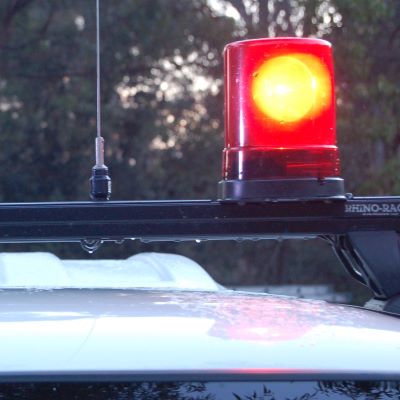
Emergencies are situations that are dangerous to life, property or the environment. In this section, we’ll look at some general emergency procedures relating to fires, chemical spills and evacuations.
Bear in mind that your own company may already have written procedures for all of these types of events. If so, you should always follow your company procedures, since they will have been developed for your site-specific conditions.
The following discussion points provide a general coverage only of typical responses to worksite emergencies.
Fires
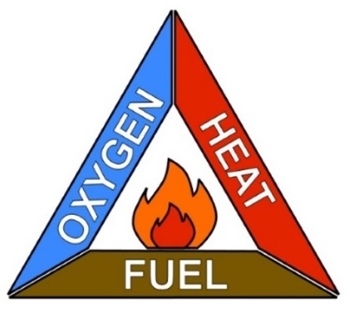
Fire is a chemical reaction that requires three elements to occur:
fuel to burn
oxygen to breathe
heat to continue burning.
These elements are called the fire triangle, because if you remove any one of them, you’ll extinguish the fire. In other words, you can extinguish a blaze by either smothering it (removing the oxygen), cooling it (removing the heat), or taking away the fuel source. Most types of fire fighting equipment are designed to either remove the oxygen or cool down the fuel source.
Below are the general procedures that apply to putting out a small fire using commonly available firefighting equipment.
Fire extinguishers
To use a portable fire extinguisher:
pull the pin and test the extinguisher to check it’s working properly
aim the nozzle at the base of the flames
squeeze the trigger
sweep the nozzle from side to side while you walk towards the fire, aiming at the base of the flames.
This operating technique is sometimes called PASS: Pull, Aim, Squeeze, Sweep.
It’s important that you choose the correct extinguisher for the type of the fuel that’s burning. Below are the three most common types of extinguishers, showing the colour codes, contents and fire classes they are used on.
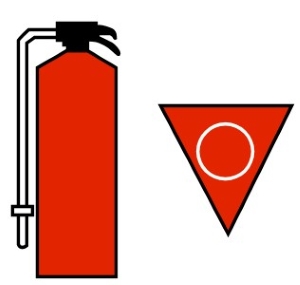 | Water Solid red cylinder Use on Class A fires – ordinary combustible solids, e.g. wood, paper, cloth, plastics, rubber Do not use on cooking oils, fats electrical fires |
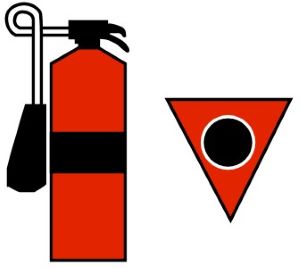 | C02 (carbon dioxide) Red with a black band Use on Class E fires – electrical |
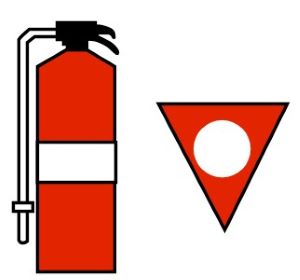 | Dry chemical (also called ‘ABE’)
Red with a white band Use on Class A, B and E fires: Class A – ordinary combustible solids e.g. wood, paper, cloth, etc Class B – flammable liquids, e.g. petrol, diesel, oil, paint, thinners, kerosene, alcohol Class E – electrical |
Hose reels
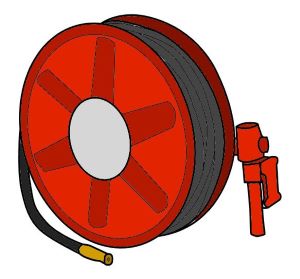
Hose reels use water, and are only designed for Class A fires; that is, fires involving materials such as paper, wood and cardboard. They must never be used on fires involving fats or electrical equipment.
To use a hose reel:
turn the water on at the reel before unrolling the hose
unroll the hose, with assistance if required
turn the water on at the nozzle.
Fire blankets
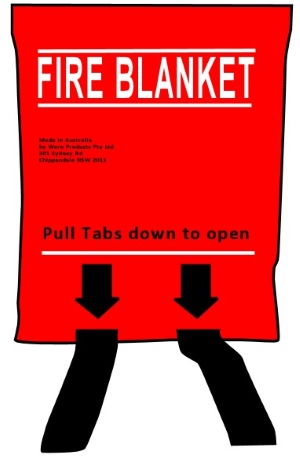
Fire blankets are useful for smothering small fires associated with cooking stoves or domestic electrical appliances.
To use a fire blanket:
pull the tabs downwards to remove the blanket
shake the blanket open, holding onto the tags
hold the blanket in front of your body to form a heat shield
if an appliance is on fire – place the blanket over the fire and turn off the energy source
if a person’s clothes are on fire – wrap the blanket around the person and roll them on the ground.
Emergency evacuations
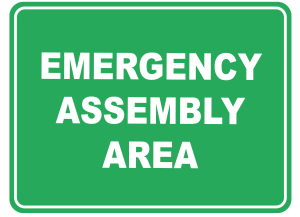
Your workplace will have an emergency evacuation procedure in place and an assembly area on-site (such as at the front gate) for people to go to in the event of an evacuation.
If you’re the first person to know about the emergency:
Notify your manager immediately, or send another person to tell them
If it’s safe to do so, try to control the emergency by using the appropriate equipment
If safe, remove any people in immediate danger of further injury from the area
Follow all directions regarding evacuation of the area from the person in charge.
If you are told to evacuate:
Stop what you’re doing and shut down the machine you’re operating, if possible
Take the safest route to the emergency assembly point
Advise other people along the way to evacuate if they are unaware of the emergency
Ensure that you have been accounted for by the person in charge
Wait at the assembly point until directed otherwise by the person in charge – do not go in search of other people unless given explicit instructions from an authorised person.
If it’s your place to call the emergencies services for help:
Dial ‘000’
- Remain calm, and provide the following information:
your name, location and contact phone number
location of the emergency (if different from your own location)
number of people injured and the types of injuries they have sustained
type of assistance required, such as ambulance or fire brigade
special hazards that might exist on-site, such as leaking fuel, leaking gas, spilt chemicals, fallen powerlines, unstable structures, etc.